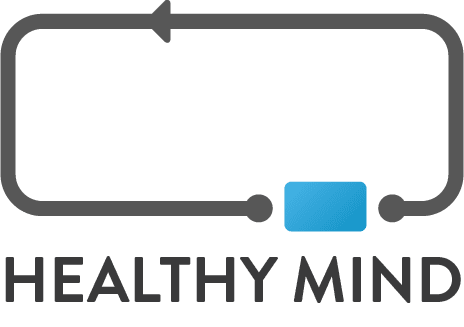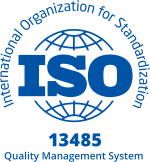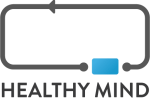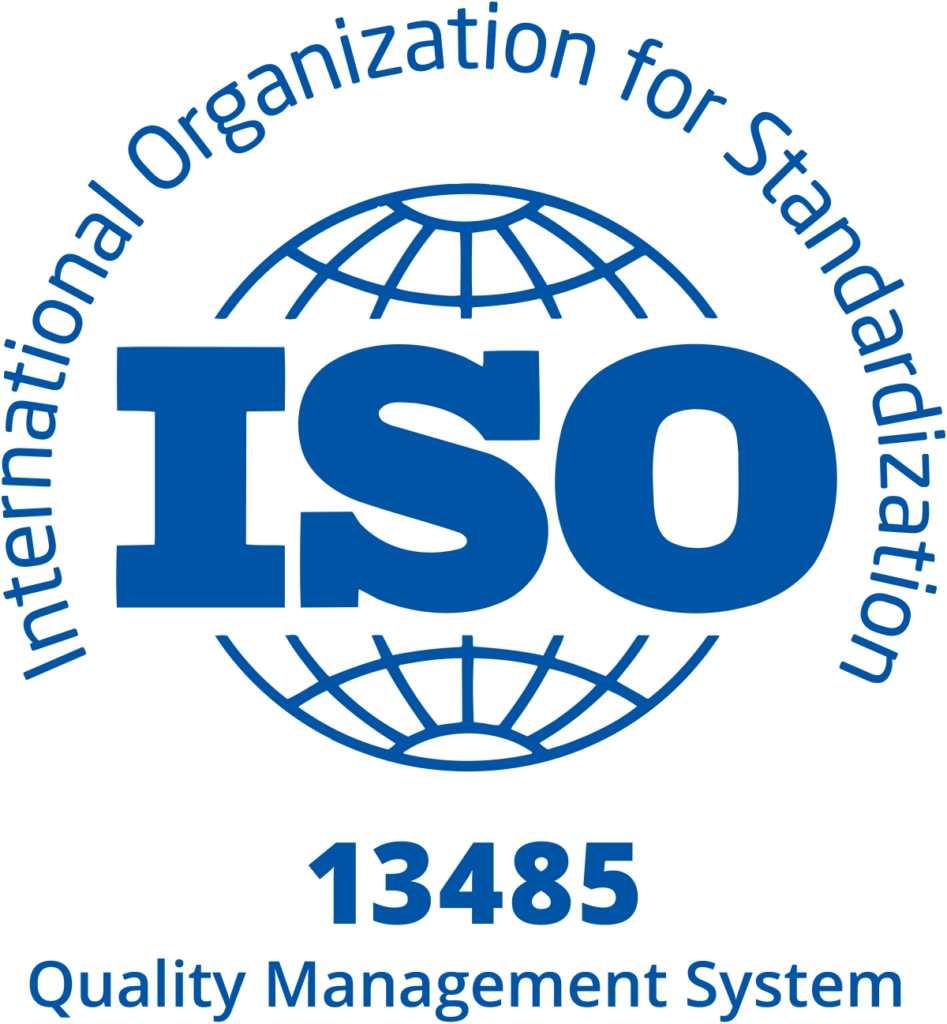Intensive care
Indications
BEFORE A PROCEDURE
- To reduce the patient's (and the accompanying person's) pre-operative anxiety
- To favour, if possible, a loco-regional rather than a general anaesthetic
- To minimise the potential negative effects of the forthcoming operation
DURING A PROCEDURE
- Cardiology: myocardial infarction, severe heart failure, cardiogenic shock, etc.
- Pneumology: respiratory distress, pulmonary embolism, difficult weaning, invasive ventilation, endoscopic explorations and interventional endoscopies, cystic fibrosis
- Nephrology: acute renal failure, hyper/hypokalaemia (by haemodialysis), acute pulmonary oedema
- Neurology: ischaemic stroke, haemorrhagic stroke
- Haematology: leukaemia, lymphoma, myeloma, myelodysplasia
AFTER A PROCEDURE
- For simple escape sessions
- To reduce the patient's anxiety and pain after surgery
- To accelerate the patient's recovery and help prevent the onset of chronic pain
- To reduce the intensity of symptoms encountered in the intensive care unit (discomfort, pain, anxiety, insomnia etc.)
- To counteract delusions and dementia in patients under artificial respiration
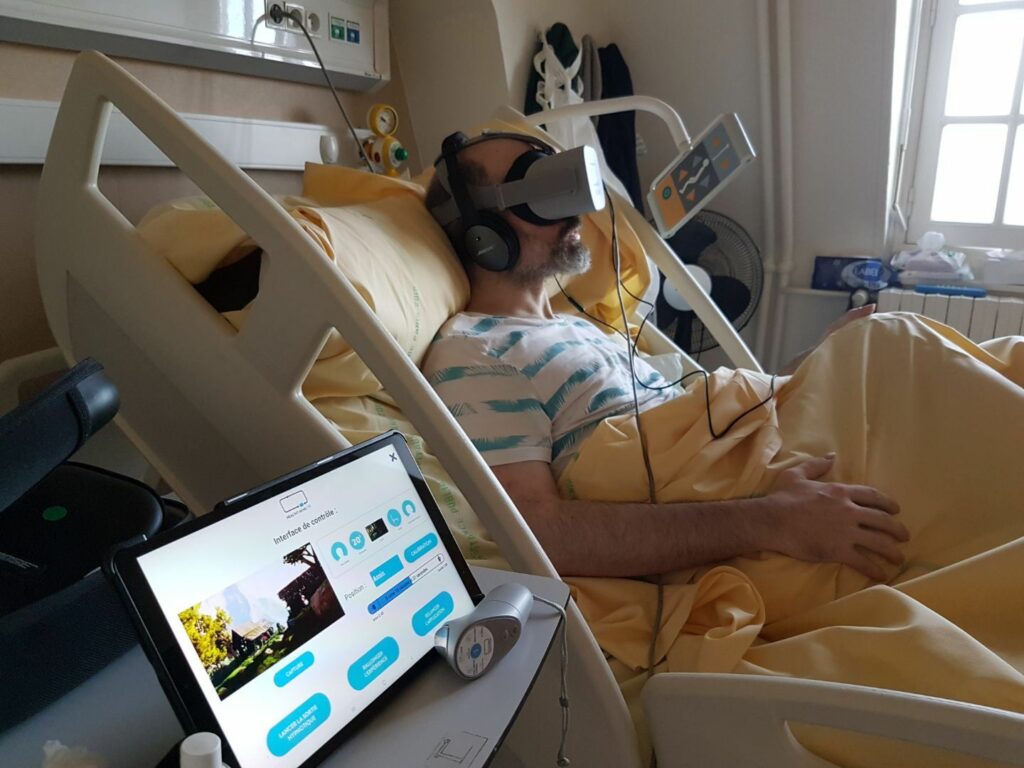
Clinical study with our solution
Clinical study with our solution
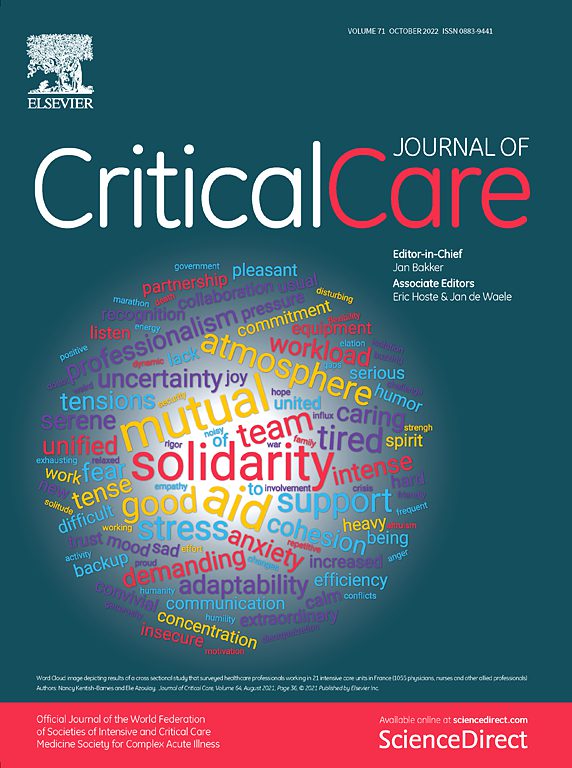
| -50% | +24 |
|---|---|
| DISCOMFORT | ANI SCORE |
Improving the discomfort of critically ill patients with electronic relaxation devices, Critical Care, 2022
L. Merliot‐Gailhoustet, et al.
Results: HEALTHY-MIND© was associated with a significant decrease in global discomfort, the primary endpoint (median NRS=4[2-6] vs. 2[0-5]; p=0.01, mixed model), accompanied by a significant decrease in stress response (increase in ANI, secondary endpoint; p<0.01). HEALTHY-MIND© was also associated with a reduction in pain intensity and anxiety by 0.8 points compared to standard relaxation (p=0.001 and 0.004, respectively). N = 60

| -48% | 30% |
|---|---|
| FATIGUE | DECONNECTION |
Virtual reality during work breaks to reduce fatigue in intensive care units, Australian Critical Care, 2022
L. Bodet-Contentin, et al.
Results: VR induced a significantly greater reduction in fatigue score after the break. Individual changes in fatigue score were +0.17 (1.87) versus -0.33 (1.87). A significantly higher sense of disconnection from the work environment at the end of the break was also observed with VR: 5.98 (3.04) versus 4.20 (2.64). No significant differences were observed for the other parameters, especially at the end of the shift. N = 88
